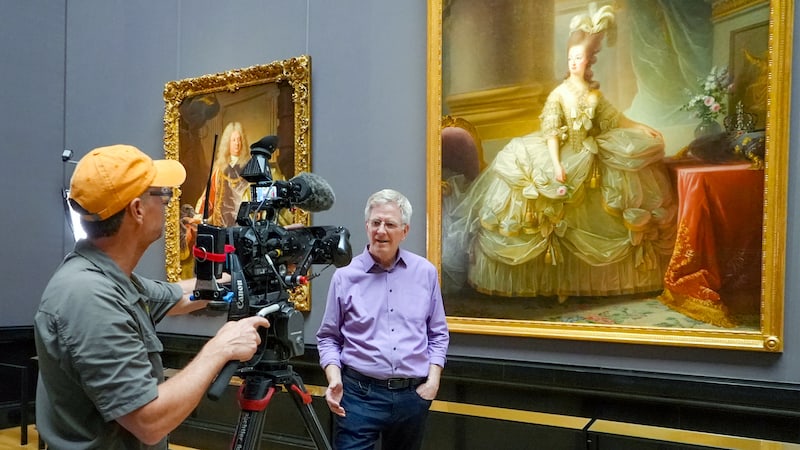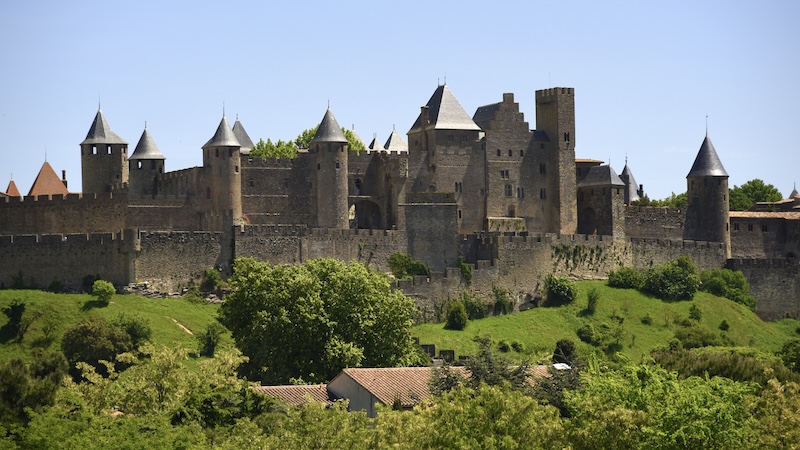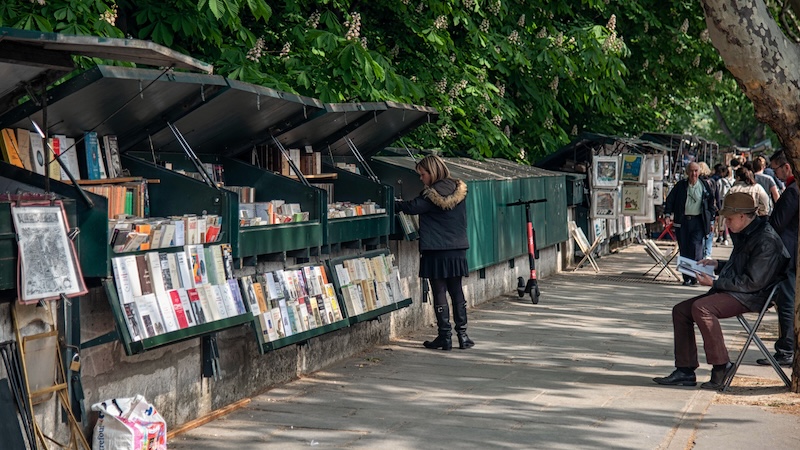Traveling to Appreciate the Great Art of Europe
A transformative experience

How does one transform from calling Art History the most boring university class to creating a six-hour miniseries extolling the virtues of viewing the art of Europe in the context in which it was created? Rick Steves offers an inspiring bird’s eye view of his metamorphosis.
Travel writer and television host Rick Steves recently finished a two-year-long project – producing a six-hour public television miniseries called “Rick Steves Art of Europe” – that aims to make art accessible, meaningful, and fun. This article was inspired by that series.
To see great art is a joy. And to see it “in situ” both physically (where it was meant to be seen) and historically (to understand the context in which it was made) as you travel makes the experience richer yet.
I haven’t always loved art history. As a teenager, I struggled doggedly through Kenneth Clark’s epic art series, “Civilisation.” “Brilliant work,” I thought, “but let’s lighten up.” And I remember, back in my college days, flipping through a course catalog with dorm friends and playing “name the most boring class of all.” My vote: Art History.
A few inspiring professors – and perspective-broadening trips – later, I had changed my tune. I’ve learned to recognize the value of great art as a window into the culture and people we travel so far to experience and understand. As a travel writer and tour guide, I’ve spent the last 40 years teaching art history in the most wonderful classrooms imaginable: Europe’s great galleries, palaces, cathedrals, and museums. Through those years, just as some gain an appreciation of fine wine, I’ve gained an appreciation of artistic genius – and the times and places where that genius flourished.
A sampling of great travel to the art of Europe
It’s great travel to look at a Fra Angelico fresco at his monastery in Florence and understand why, for this monk-artist, painting was a form of prayer, and that he couldn’t paint a crucifix without weeping.
It’s great travel to gaze upon an Albrecht Dürer self-portrait brimming with humanistic pride (at the Alte Pinakothek in Munich) and marvel at how, with his etchings and the new-fangled printing press, he was Europe’s first “best-selling” artist.
It’s great travel to stand before a Vermeer painting at Amsterdam’s Rijksmuseum and let it capture tranquility so intimately that you can almost hear the trickle of milk as the maid pours it. To visit one of Europe’s venerable music halls and realize how Baroque music – Bach with his interwoven melodies, Scarlatti with his trills – can be “Bernini for your ears” and is best played with ruffles on your sleeves. And to circle the sun-dappled Musée de l’Orangerie gallery in Paris and look way too closely at Monet’s messy brushwork – a seemingly abstract collage of competing colors – then zoom out, and bam, to suddenly understand the genius of his “Water Lilies.”
On Scotland’s Orkney Islands, I lowered my head – as people have for 5,000 years – to squeeze through a tunnel before standing tall in a Stone Age tomb. Under that rock ceiling, I was reminded that the progress of Western civilization can be tracked by art and architecture – in this case the evolution of ever-grander domes.
That progress started about 1300 BC with a Bronze Age tomb constructed like a stone igloo, with stones fitted together like the “beehive” tomb I visited in Mycenae, Greece. Then, in Rome, I dropped my jaw under the dome of the Pantheon, built 1,400 years later and still wowing travelers with the magnificence and splendor of ancient Rome at its zenith.
Two hours away by train, and about 1,400 years later again, I gazed up at Brunelleschi’s mighty cathedral dome towering high above Florence. It was so beloved by the citizens that when Michelangelo set out to build St. Peter’s Basilica in Rome, he said he would build a dome “bigger but not more beautiful” than its sister in Florence. Some 500 years later, summiting St. Peter’s, I stood where sunbeams enter the grandest church in Christendom and marveled at how a Renaissance superstar could glorify God and celebrate humanism at the same time.
Art takes us back … to experience it as if we lived when it was created. To be filled with wonder … like a prehistoric hunter with a torch under a dome of bison … or like a medieval peasant, stepping from an existence of hunger, shivering, and fear into a church, to be surrounded by riches and the promise of a happy eternity. To thrill at the appearance of a gothic spire on the horizon, as if a pilgrim who’s hiked a thousand miles to get there. To really believe that a “divine monarch” was ordained by God to rule without question, and then to be wowed by giant murals of his triumphs and his halls of mirrors slathered in gold leaf. To understand why the great surrealist Dali said, “I am the drug.”
Art transports us to other cultures and other times. It shows us both our foibles and our potential for greatness … it helps a society’s culture sparkle … and, of course, it gives us something to savor – exquisite beauty.
PHOTO CAPTION, ABOVE: Rick Steves and Marie Antoinette in Court Dress by Élisabeth Louise Vigée Le Brun at the Kunsthistorisches Museum in Vienna. CREDIT: Simon Griffin, Rick Steves’ Europe.

Explore more of Rick Steves’ Europe in Boomer
© 2022 RICK STEVES
As an Amazon Associate, Boomer Magazine earns from qualifying purchases of linked books and other products.



